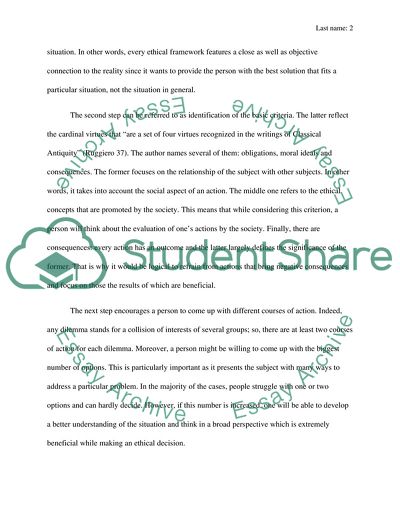Cite this document
(Ethical Decision Making Report Example | Topics and Well Written Essays - 2000 words, n.d.)
Ethical Decision Making Report Example | Topics and Well Written Essays - 2000 words. https://studentshare.org/ethics/1868512-ethical-framework-paper
Ethical Decision Making Report Example | Topics and Well Written Essays - 2000 words. https://studentshare.org/ethics/1868512-ethical-framework-paper
(Ethical Decision Making Report Example | Topics and Well Written Essays - 2000 Words)
Ethical Decision Making Report Example | Topics and Well Written Essays - 2000 Words. https://studentshare.org/ethics/1868512-ethical-framework-paper.
Ethical Decision Making Report Example | Topics and Well Written Essays - 2000 Words. https://studentshare.org/ethics/1868512-ethical-framework-paper.
“Ethical Decision Making Report Example | Topics and Well Written Essays - 2000 Words”. https://studentshare.org/ethics/1868512-ethical-framework-paper.


